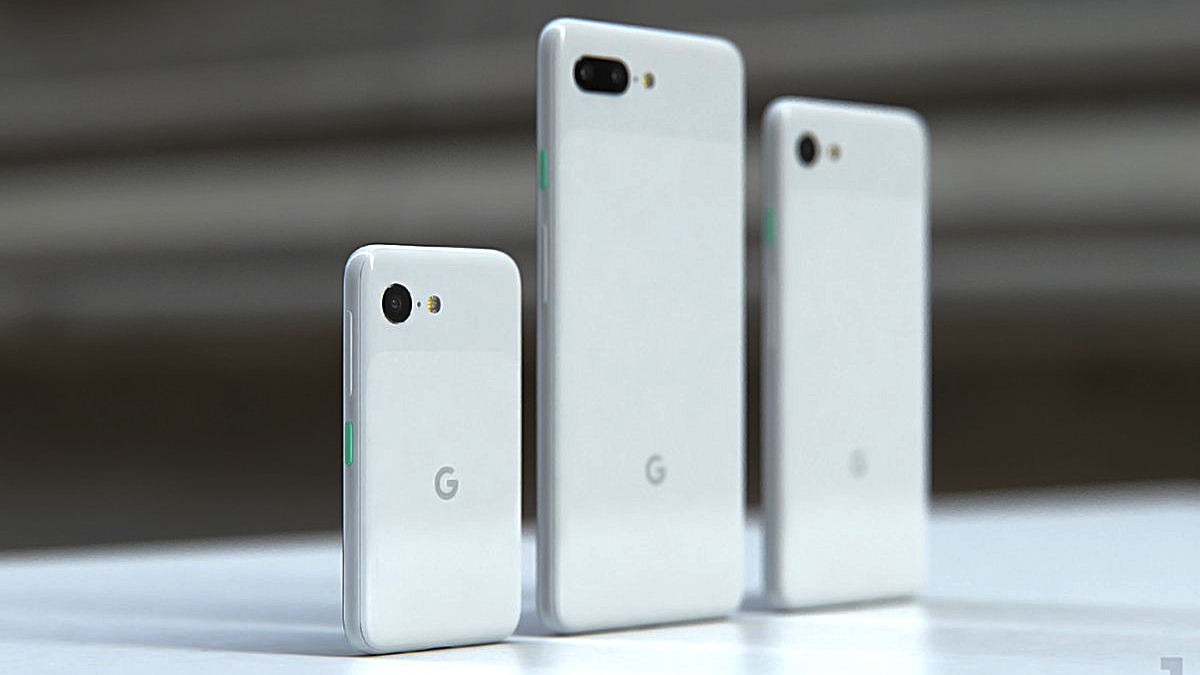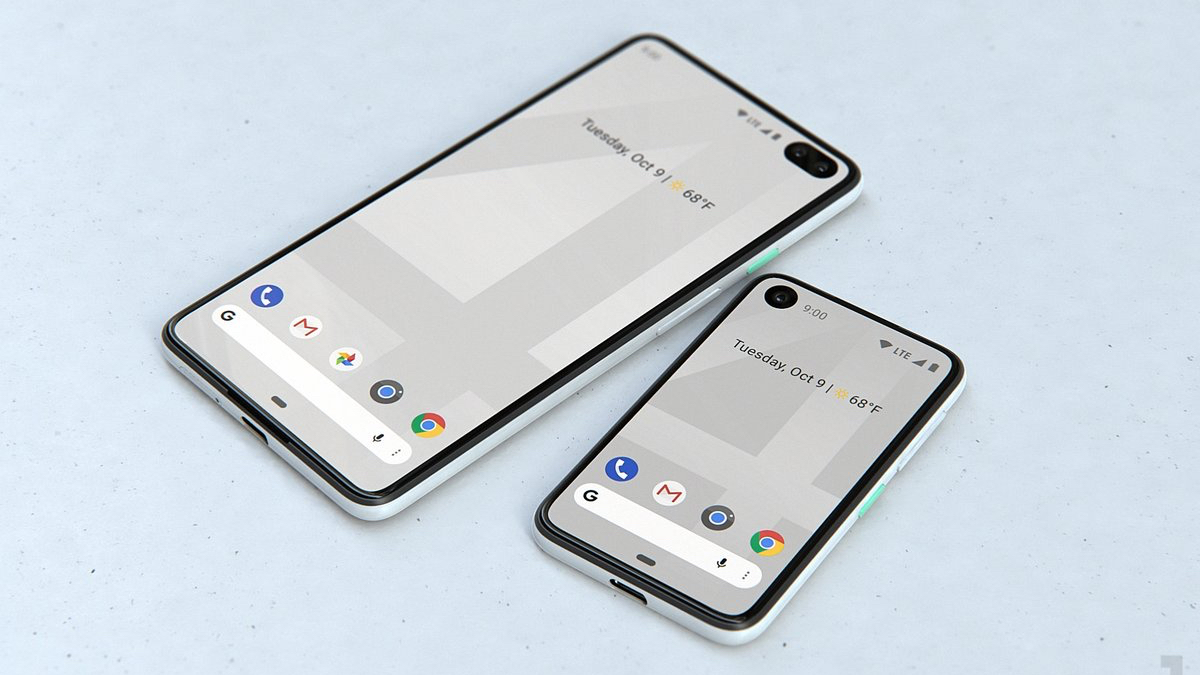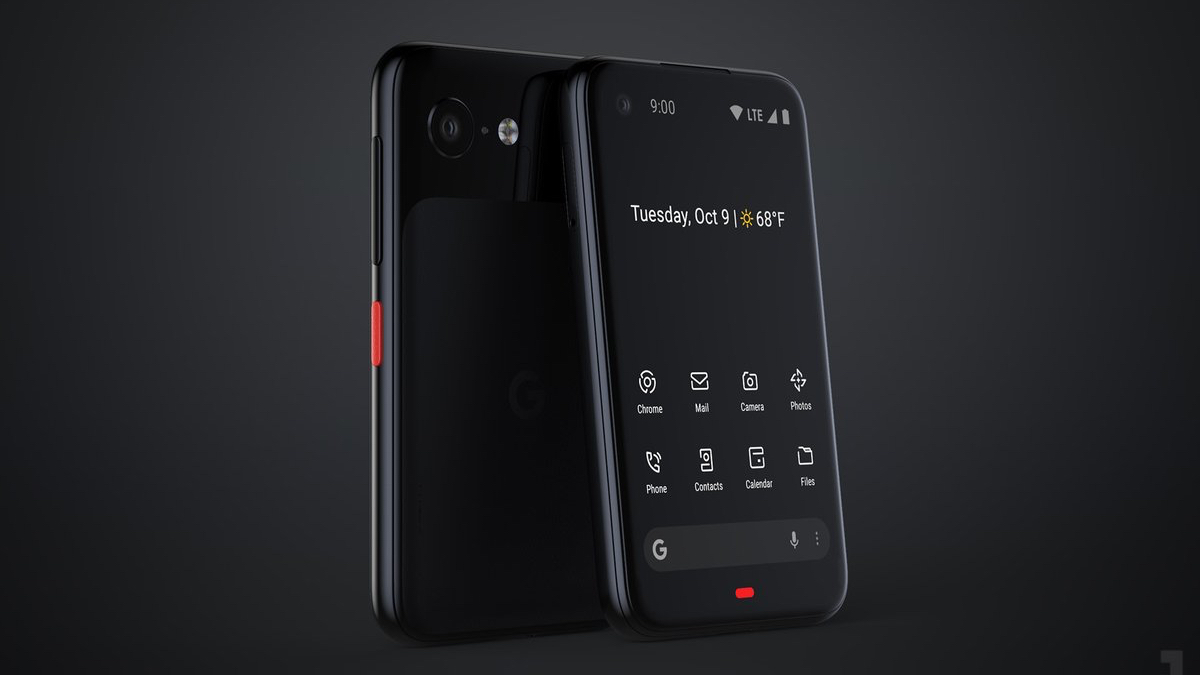Google Pixel 4: this mini version of the next flagship looks absolutely stunning
Size isn't everything


Google is purportedly hard at work on an all-new Pixel smartphone range, which will have a substantially different design from its current flagships, Pixel 3 and Pixel 3 XL.
Ahead of the rumoured launch of the more affordable Pixel 3a series, concept artist Phone Designer has revealed a dramatic new take on the next-generation Pixel 4 with a much smaller screen to make it more manageable one-handed.
Phone Designer shared the high-resolution concept images on Twitter. These follow the same industrial design language that we've already seen in a slew of recent leaks around the so-called Pixel 4 and Pixel 4 XL.
The same hole-punch display design, which maximises the amount of screen real estate by embedding the front-facing camera inside the screen itself, which appeared on the Samsung Galaxy S10e, S10 and S10 Plus earlier this year and is widely-tipped to come to the Google Pixel series.
The edge-to-edge display would allow Google to squeeze a decent sized display into the small body of the mini Pixel 4. Unlike the whispers around the Pixel 4 XL, which looks set to ship with dual-front and rear-facing cameras, there is only a single lens on the front and back of the smaller Pixel 4, likely because of the restrictions that such a small physical footprint brings to a smartphone.


We've haven't seen any concrete evidence that Google is actually building a smaller version of its Pixel smartphone for the upcoming Pixel 4 range. However, there is certainly a gap in the market for a modern, flagship handset just like this.
Smartphone display sizes have been slowly increasing in size over the last few years. Indeed, Apple launched the iPhone SE to specifically address this – pouring the same flagship rear-camera, always-on Siri, Live Photos, Apple Pay and other features that had debuted with the flagship iPhone 6S the previous year into the same industrial design as the iPhone 5S, which has a four-inch screen.
Get all the latest news, reviews, deals and buying guides on gorgeous tech, home and active products from the T3 experts
Sony, which has previously always launched a "Compact" version of its flagship smartphone for those who prefer a lower price-point and a smaller footprint, has started to move its handsets to a 21:9 aspect ratio display. The very tall screen makes the idea of a small smartphone kind of redundant.
Lead Image Credit: Twitter / Phone Designer

As a former Staff Writer for T3, Aaron writes about almost anything shiny and techie. When he’s not barking orders at Alexa-powered microwaves or gawping at 5G speed tests, Aaron covers everything from smartphones, tablets and laptops, to speakers, TVs and smart home gadgets. Prior to joining T3, Aaron worked at the Daily Express and and MailOnline.